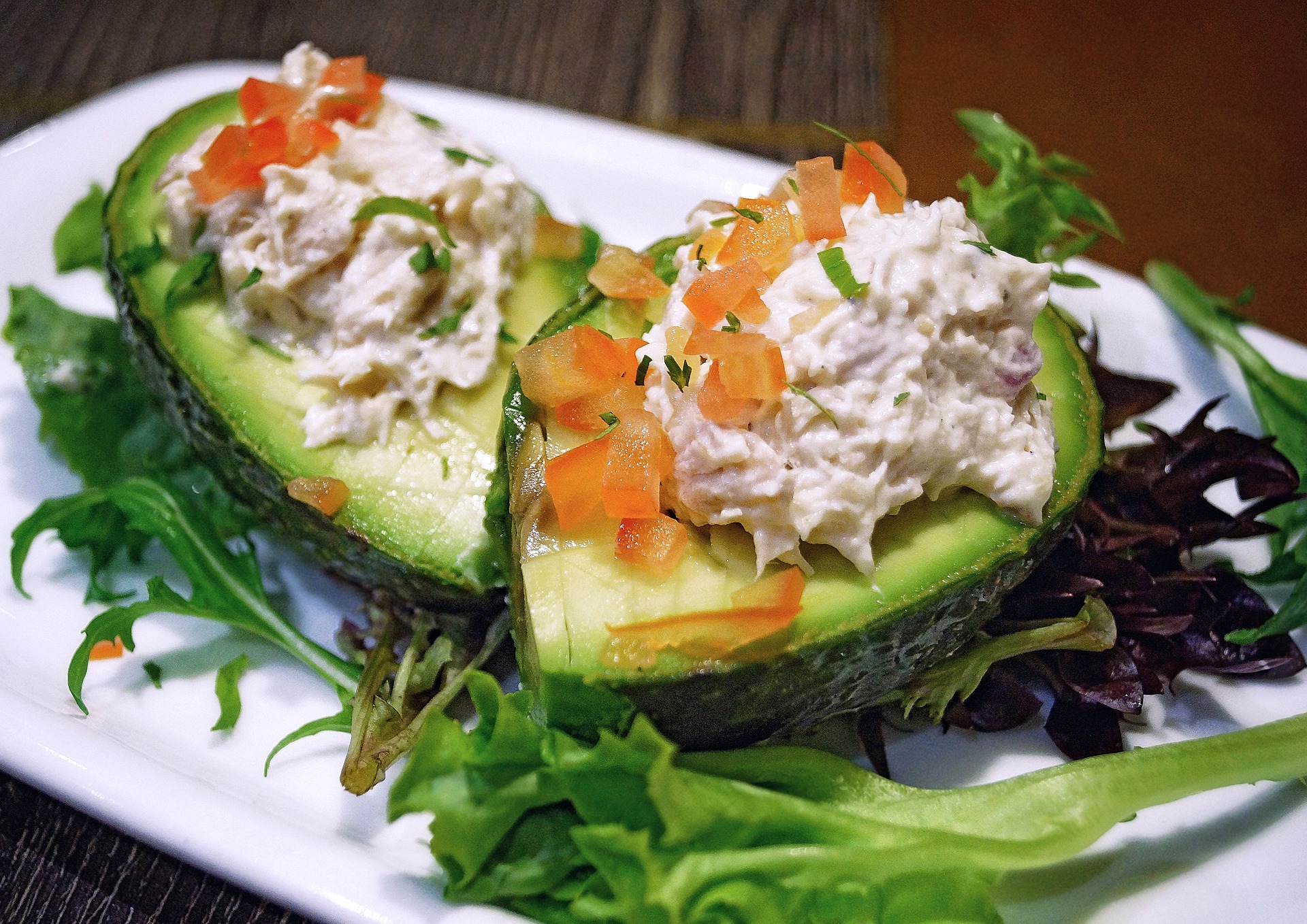A Journey Through the Labyrinth of Indonesian Cuisine
Indonesia, the largest archipelago in the world, presents an intriguing culinary adventure that's worth exploring. Its diverse culture, influenced by various ethnic groups, and the abundant natural resources, have resulted in a rich culinary heritage that's as diverse as its geography. This article explores the fascinating world of Indonesian cuisine, a universe of flavors waiting to be discovered.
A Melting Pot of Flavors
Indonesia’s cuisine is a dynamic interplay of flavors, with each region offering its own unique dishes. The country’s strategic location on the ancient spice route has made its cuisine one of the most vibrant in the world. It incorporates an array of spices like nutmeg, cloves, and pepper that were once traded as precious commodities. From the fiery Padang dishes of Sumatra to the sweet delicacies of Central Java, Indonesian cuisine is a sensory feast that caters to a range of palates.
Signature Dishes
One cannot discuss Indonesian cuisine without mentioning its iconic dishes. ‘Nasi Goreng,’ a deceptively simple fried rice dish, was named the world’s second-best food by CNN’s ‘World’s 50 Most Delicious Foods’ in 2011. ‘Rendang,’ a slow-cooked beef dish simmered in coconut milk and spices, topped the list, revealing the global appeal of Indonesian food. There’s also ‘Satay,’ skewered and grilled meat served with peanut sauce, and ‘Gado-Gado,’ a vegetable salad with peanut dressing, both reflecting Indonesia’s flair for creating flavor-packed dishes.
Street Food Culture
Indonesia’s street food culture is another aspect of its culinary landscape that’s worth delving into. Hawker stalls, locally known as ‘warung,’ line the streets offering a smorgasbord of delectable eats. One can find everything from ‘Bakso,’ meatball soup, to ‘Martabak,’ a sweet or savory stuffed pancake. These street foods provide a glimpse into the everyday culinary habits of the Indonesians, and sampling them is an integral part of the gastronomic journey.
Indonesian Beverages
Indonesia’s beverage scene is equally as intriguing as its food. ‘Teh Botol,’ a bottled jasmine tea, is a popular drink enjoyed across the country. ‘Es Teler,’ a mix of fruits, coconut, and condensed milk, and ‘Bir Pletok,’ a non-alcoholic beer made from ginger and spices, are other notable mentions. These beverages, often enjoyed with meals, complement the spicy Indonesian dishes providing a refreshing balance.
Health Aspects
Indigenous ingredients and traditional methods used in Indonesian cuisine contribute to its health benefits. Many dishes are packed with nutrients from fresh vegetables, lean proteins, and health-boosting spices. Turmeric, ginger, and tamarind, commonly used in Indonesian cooking, have known anti-inflammatory and antioxidant properties.
Quick Bites
-
Indonesia is the world’s largest archipelago with over 17,000 islands, each with its distinct culinary traditions.
-
‘Nasi Padang’ is a style of eating where a variety of dishes are served with rice, named after the city of Padang in West Sumatra.
-
‘Tempeh,’ a fermented soybean cake originated from Indonesia, is a rich source of protein and probiotics.
In conclusion, Indonesian cuisine is a culinary treasure trove that offers a kaleidoscope of flavors. It’s a reflection of the country’s rich cultural heritage, diverse geography, and the warm hospitality of its people. Exploring Indonesian cuisine is not just about tasting the food, but also about understanding the traditions, stories, and love that goes into each dish. So, the next time you’re on a culinary quest, let the Indonesian archipelago be your destination.





